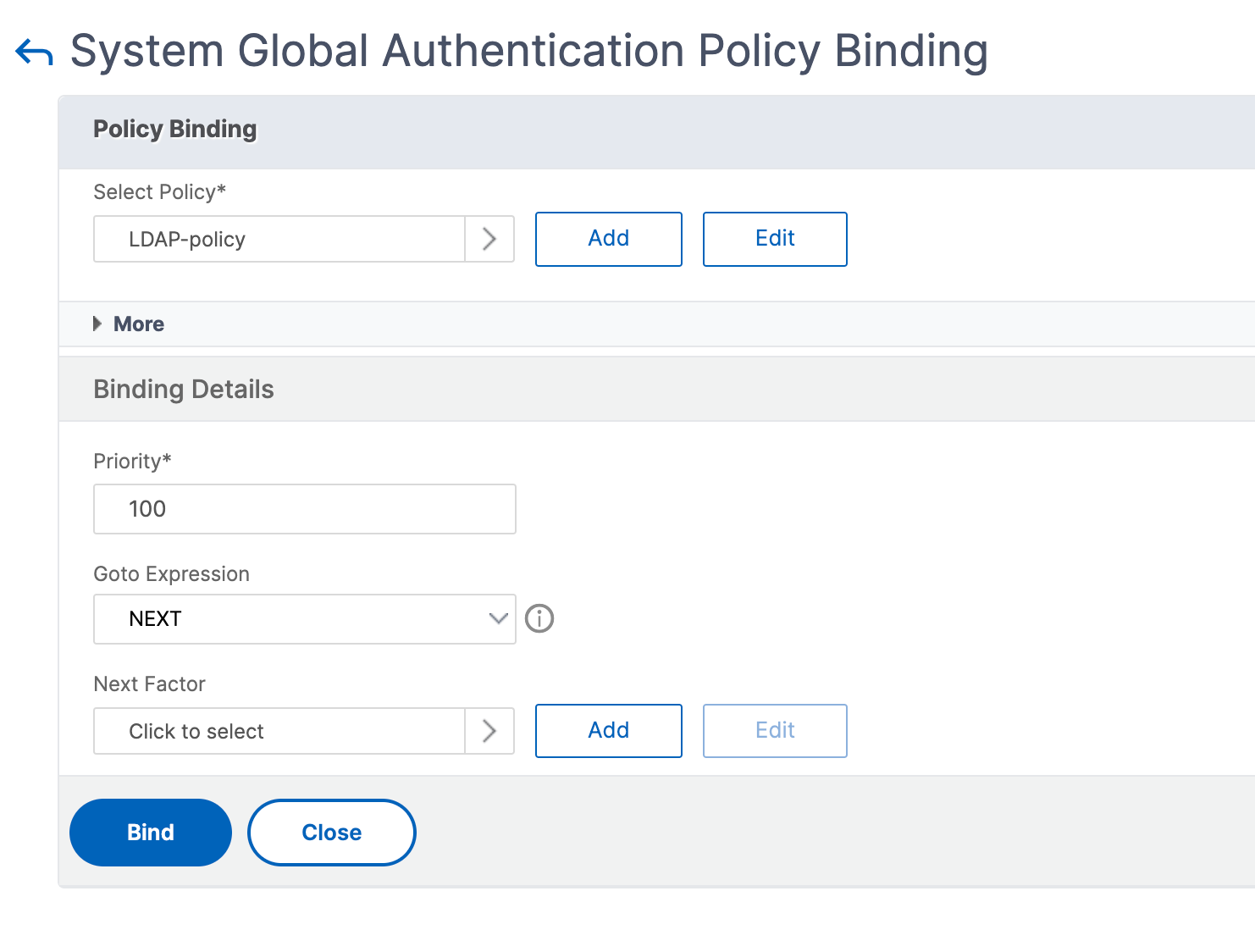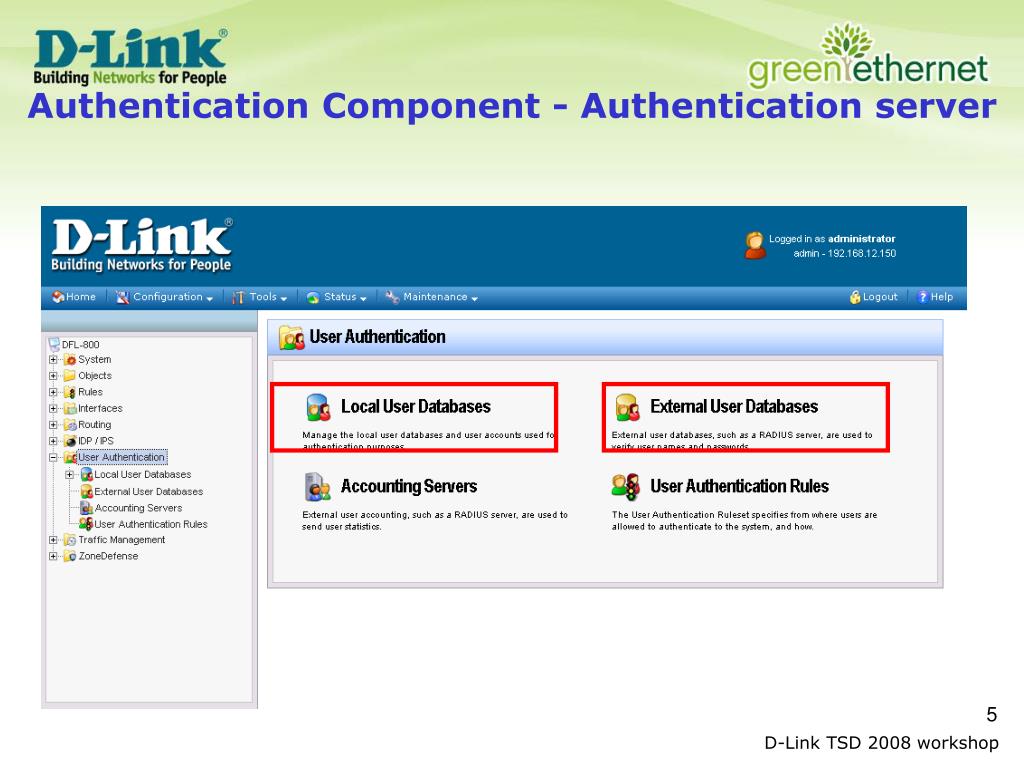
If an authentication policy is not bound to a virtual server or globally, the user is authenticated through the default authentication type.If authentication policies are not bound to the virtual server, the appliance checks for global authentication policies.The virtual server is checked for any bound authentication policies.When a user logs on to the appliance, authentication is evaluated in the following order: When you bind at least one authentication policy to a virtual server, any authentication policies that you bound to the global level are not used when users log on to the virtual server, unless the global authentication type has a higher precedence than the policy bound to the virtual server. For example, if you set the expression to True value, when users log on, the action evaluates user logon to true and then users have access to network resources.Īfter you create an authentication policy, you bind the policy at either the global level or to virtual servers. An authentication policy includes an expression and an action. You can also set the priority of the authentication policies to determine which servers and the order in which the appliance checks user credentials.

For example, you can configure cascading and two-factor authentication by configuring multiple policies. You can configure multiple authentication policies and bind them to create a detailed authentication procedure and virtual servers. If you configure local authentication, you must also configure users and groups on the appliance. You can also use the default authentication type, which is local. A single authentication policy can be used for simple authentication needs and is typically bound at the global level. The policy defines the authentication type. It is intended to handle authentication for any user accounts that do not meet the more specific criteria. In configurations that use both types of policy, primary policies are normally more specific policies while secondary policies are normally more general policies. Primary policies are evaluated before secondary policies. When binding it, also designate it as either a primary or a secondary policy. Authentication policies use Citrix ADC expressions.Īfter creating an authentication action and an authentication policy, bind it to an authentication virtual server and assign a priority to it. An authentication policy comprises an expression and an action. When users log on to the Citrix ADC or Citrix Gateway appliance, they are authenticated according to a policy that you create. Questo articolo è stato tradotto automaticamente. (Aviso legal)Įste artigo foi traduzido automaticamente. (Clause de non responsabilité)Įste artículo ha sido traducido automáticamente. (Haftungsausschluss)Ĭe article a été traduit automatiquement. This article has been machine translated.ĭieser Artikel wurde maschinell übersetzt. Questo contenuto è stato tradotto dinamicamente con traduzione automatica. (Aviso legal)Įste texto foi traduzido automaticamente. (Clause de non responsabilité)Įste artículo lo ha traducido una máquina de forma dinámica.

(Haftungsausschluss)Ĭet article a été traduit automatiquement de manière dynamique. This content has been machine translated dynamically.ĭieser Inhalt ist eine maschinelle Übersetzung, die dynamisch erstellt wurde. Troubleshoot authentication and authorization related issues Offload Kerberos authentication from physical servers How Citrix ADC implements Kerberos for client authenticationĬonfigure Kerberos authentication on the Citrix ADC applianceĬonfigure Kerberos authentication on a client Handling authentication, authorization and auditing with Kerberos/NTLM

Support for active-active GSLB deployments on Citrix GatewayĬonfiguration support for SameSite cookie attributeĪuthentication, authorization, and auditing with commonly used protocols On-premises Citrix Gateway as an identity provider to Citrix Cloud Store OTP secret data in an encrypted formatĮnable SSO for Basic, Digest, and NTLM authenticationĬontent Security Policy response header support for Citrix Gateway and authentication virtual server generated responsesĪuthorizing user access to application resourcesĬitrix ADC as an Active Directory Federation Service proxyĪctive Directory Federation Service Proxy Integration Protocol compliance

SMS two factor authentication using Web authentication Sample deployments using nFactor authenticationĬonfigure Azure AD as SAML IdP and Citrix ADC as SAML SPĪPI authentication with the Citrix ADC applianceĬonfigure LDAP authentication on the Citrix ADC appliance for management purposes NFactor Visualizer for simplified configuration NFactor concepts, entities, and terminology How authentication, authorization, and auditing worksīasic components of authentication, authorization, and auditing configuration


 0 kommentar(er)
0 kommentar(er)
